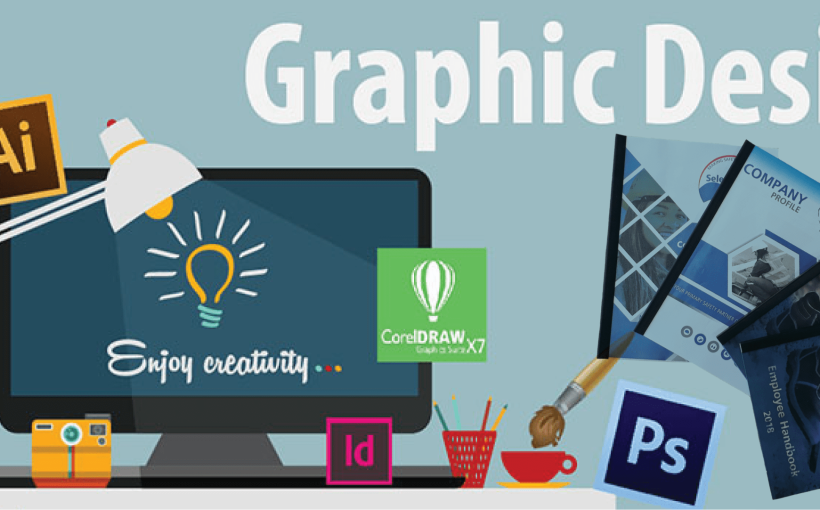In today’s digital era, where online attention spans are shorter than ever, the art of creating exceptional websites is no longer optional—it’s essential. The magic wand that can transform an ordinary website into an extraordinary one is interactive design. This article will delve into the world of interactive web design, offering insights on how to craft remarkable websites.
Introduction to Interactive Design
Interactive web design is the art of creating web experiences that actively involve users. It moves beyond static web pages, inviting visitors to interact, explore, and immerse themselves in the online world you’ve crafted.

The Vital Role of User Experience (UX)
User experience, or UX, lies at the heart of interactive web design. It encompasses how users perceive and engage with your website. A seamless, intuitive, and enjoyable UX is the secret sauce that keeps visitors glued to your site.
Mastering the Art of Visual Aesthetics
Visual appeal is the initial attraction factor in web design. Harness the power of high-quality images, captivating graphics, and carefully chosen fonts. Additionally, the color scheme you select can evoke different emotions and responses in your visitors.
Navigation that Guides and Delights
Intuitive and hassle-free navigation is critical for user satisfaction. Implement clear and logical menus, incorporate breadcrumbs, and offer robust search functionality. Your goal is to make finding information effortless for users.
Adapting to All Devices with Responsive Design
In the age of smartphones and tablets, responsive web design is no longer a luxury but a necessity. Your website should seamlessly adapt to various screen sizes and orientations, ensuring a consistent experience across all platforms.

The Influence of Microinteractions
Microinteractions, those subtle animations or feedback elements, play a pivotal role in user engagement. Think of them as the secret ingredients that make your website interactions feel delightful, such as the satisfying click when submitting a form.
Enriching Content with Multimedia
Inject life into your content by integrating multimedia elements like videos, animations, and podcasts. Visual and auditory content can convey information more effectively and keep visitors engaged.
Engaging User Input with Interactive Forms
Forms and surveys can often be mundane, but they don’t have to be. Introduce interactive elements like real-time validation, progress bars, and conditional logic to make the user input process more engaging.
The Gamification Advantage
Gamification techniques, including badges, rewards, and challenges, can transform routine tasks into exciting adventures for users. Use gamified elements to encourage interaction and build user loyalty.
Unveiling Stories through Scrolling
Scrolling is a fundamental web interaction. Harness this technique to your advantage by crafting storytelling experiences that gradually unfold as users scroll down your pages. It’s a powerful way to maintain user engagement and curiosity.

Prioritizing Accessibility for All
Implement proper alt text for images, enable keyboard navigation, and adhere to accessibility guidelines to widen your user base.
Feedback-Driven Interactive Design
Don’t rely solely on assumptions about what works best. Collect user feedback and conduct usability testing to pinpoint pain points and areas for improvement in your interactive design.
The Need for Speed: Loading Optimization
A slow-loading website can drive users away. Optimize loading times by compressing images, leveraging browser caching, and minimizing HTTP requests.
SEO and Interactivity: A Harmonious Blend
Interactive design and SEO can complement each other. Ensure that your interactive design elements are search engine-friendly to enhance your website’s search engine rankings.

Conclusion: The Future of Interactive Design
As technology continues to evolve, interactive design will only become more crucial for crafting exceptional websites. Embrace the latest trends and technologies to stay ahead in the digital landscape.
FAQs
What exactly is interactive web design, and why is it vital for websites?
Interactive web design involves creating web experiences that actively engage users. It’s crucial for websites because it enhances user engagement and improves overall user satisfaction.
How can I make my website visually appealing?
To make your website visually appealing, focus on using high-quality images, selecting an appealing color palette, and paying attention to typography and graphic design.
Why is responsive web design so important in today’s digital landscape?
Responsive web design is crucial because it ensures your website looks and functions seamlessly on various devices, including smartphones and tablets.
How can I enhance my website’s loading speed?
You can improve loading speed by optimizing images, utilizing browser caching, and reducing the number of HTTP requests.











